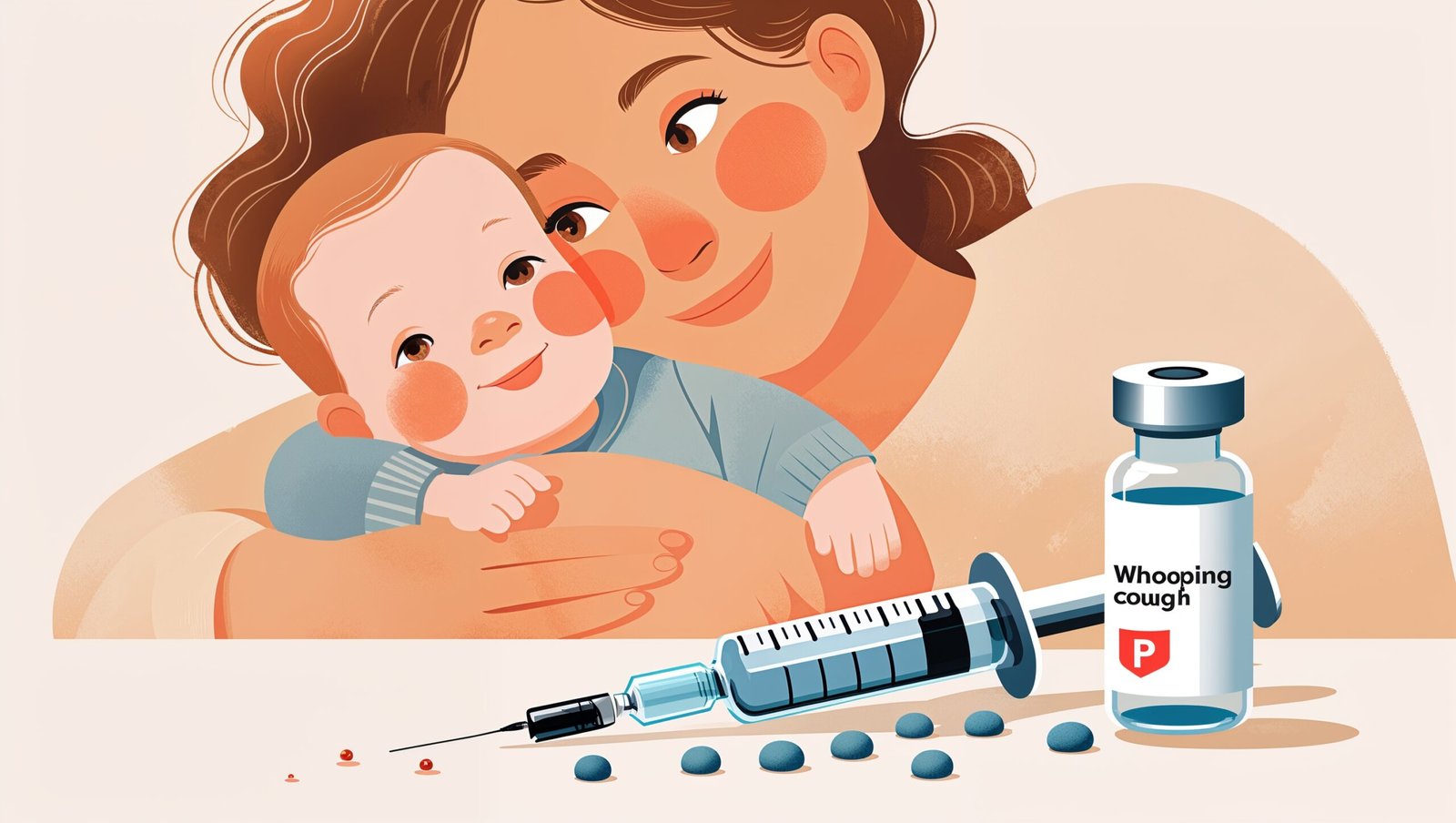Whooping Cough Vaccine: Understanding the Importance and Impact
In recent times, there has been a notable resurgence in discussions around the whooping cough, a respiratory illness known for its distinct high-pitched cough. The spotlight falls on the whooping cough vaccine, a crucial safeguard in the battle against this disease. It’s essential to explore the fundamental aspects that underscore its significance and the role it plays in public health.
Introduction to Whooping Cough
Whooping cough, medically termed pertussis, represents an affliction caused by the bacterium Bordetella pertussis. Characterized by severe coughing spells that can lead to significant breathing challenges, it is particularly perilous for young children and infants. Historically, outbreaks have posed major public health crises, prompting the development of vaccines to curb its transmission.
The Development of the Whooping Cough Vaccine
The development of the whooping cough vaccine marked a significant milestone in disease prevention. The vaccine emerged as a critical tool capable of not only preventing the onset of the disease but also reducing its transmission rates. Initially developed as a standalone vaccine, it has since been typically combined with vaccines for diphtheria and tetanus (DTaP) for comprehensive immunization protocols.
How the Vaccine Works
The whooping cough vaccine functions by stimulating the body’s immune system to produce antibodies against the Bordetella pertussis bacterium. These antibodies serve as vigilant defenders, ready to counter any real infection quickly. The immunity provided is robust, offering significant protection to vaccinated individuals and those around them.
Recommended Vaccination Schedules
Vaccination schedules are typically initiated in early childhood. The standard schedule includes doses administered at two months, four months, and six months of age, followed by a booster between 15 to 18 months and another between four to six years. Adolescents and adults are advised to receive booster doses (Tdap) to maintain immunity, particularly caregivers and healthcare workers in close contact with infants.
Importance of Vaccination
The pertinence of whooping cough vaccination cannot be overstated. It’s not just protective at an individual level but forms a critical element in herd immunity. High immunization coverage considerably reduces the circulation of the bacterium in the community, protecting those who are either too young or unable to receive the vaccine due to health conditions.
Public Health Implications
Maintaining high vaccination rates significantly diminishes the incidence of outbreaks and protects vulnerable populations. The vaccine’s role is even more critical given the cyclical nature of whooping cough outbreaks observed every three to five years. Timely vaccination thus ensures the community remains fortified against potential outbreaks.
Addressing Vaccine Hesitancy
Despite its benefits, vaccine hesitancy remains a concern in some demographics, influenced by misinformation and fear of potential side effects. It is vital to provide transparent, evidence-based communication to alleviate these concerns and highlight the overwhelmingly positive impact of vaccinations on communal health.
Myths and Misconceptions
Dispelling myths associated with vaccine safety is imperative. Rigorous clinical trials and continuous safety monitoring have affirmed the vaccine’s safety profile. Mild side effects, such as redness at the injection site or a slight fever, are common and not indicative of adverse outcomes.
The Future of Whooping Cough Vaccination
Looking ahead, the focus on vaccine research continues as the scientific community aims to enhance vaccine formulations for even broader protection and longer duration of immunity. Novel approaches and enhanced delivery systems remain under exploration to fortify public health defenses further.
Conclusion
While this article outlines the key aspects of the whooping cough vaccine, it merely scratches the surface of this multifaceted subject. The vaccine remains a critical public health tool, underscored by its long-standing history of success in safeguarding populations against serious infectious diseases.
People Also Ask
- What age group is most at risk for whooping cough? – Infants under six months old are most at risk since they are either unvaccinated or have not completed their vaccination schedule.
- Can adults get whooping cough? – Yes, whooping cough can affect individuals of any age; however, symptoms tend to be milder in adults.
- Is the whooping cough vaccine safe during pregnancy? – Health experts recommend that pregnant women receive the Tdap vaccine between 27 and 36 weeks gestation to protect newborns from whooping cough.
- How long does the whooping cough vaccine last? – Immunity from the vaccine can wane over time, which is why booster doses are recommended in adolescence and adulthood.
- Are there natural ways to prevent whooping cough? – While general health practices like good hygiene can reduce transmission risk, vaccination remains the most effective preventive measure.







